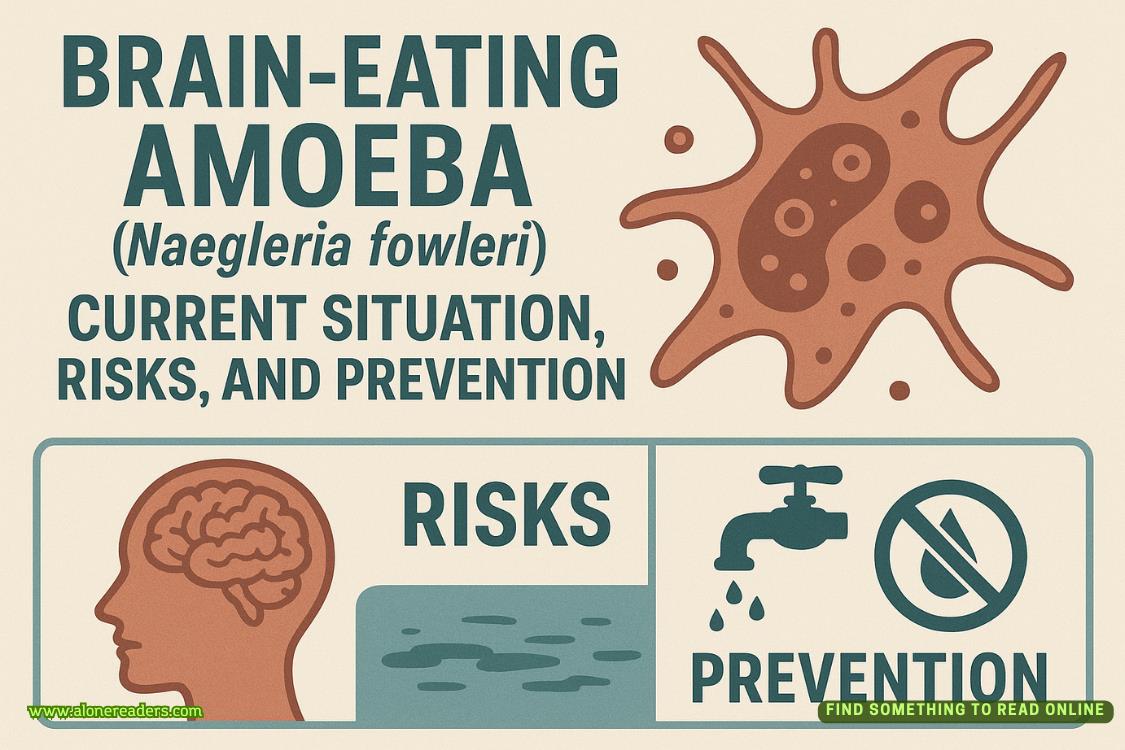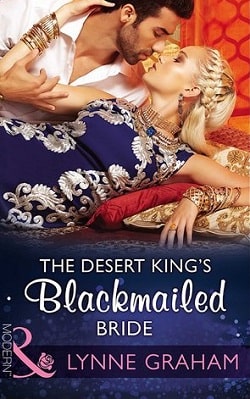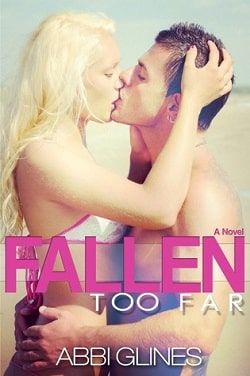The result was carnage. Against the bright orange blaze of the fire he could see the black outlines of the men in the pinnaces jerk, like crazed devils cavorting in hell, as they were riddled with bullets. The cannons must have been loaded with shot or stones. The men appeared to be screaming, but nothing could be heard over the roar of the flames and the crash of the guns.
The attempt to capture and divert the fireships collapsed as the crews fell, dead or wounded, to their decks and into the sea. The fireships, carried by the tide, came on relentlessly.
At that point the Spanish had no choice but to flee.
Aboard theSan Martin, Medina Sidonia fired a signal gun giving the order to weigh anchors and sail away; but it was superfluous. On every ship that Rollo could see in the orange light, the men were swarming up the masts and setting the sails. In their haste many did not raise their anchors but simply cut the arm-thick ropes with hatchets and left the anchors on the sea bed.
At first theSan Martinmoved with agonizing slowness. Like all the ships, it had been anchored head-on to the wind for stability; so first it had to be turned, a painstaking operation carried out with small sails. To Rollo it seemed inevitable that the galleon would catch fire before it could move away, and he got ready to jump into the water and try to swim to shore.
Medina Sidonia calmly sent a pinnace around the fleet with orders for all ships to sail north and regroup, but Rollo was not sure many would obey. The presence among them of blazing fireships was so terrifying that most sailors could think of nothing but getting away.
As they turned and the wind at last filled their sails, they had to concentrate on escaping without crashing into one another. As soon as they got clear, most ships fled as fast as wind and tide would carry them, regardless of direction.
Then a fireship sailed dangerously close to theSan Martin, and flying sparks set the foresails alight.
Rollo looked down into the black water and hesitated to jump.
But the ship was prepared to fight fires. On deck were barrels of seawater and stacks of buckets. A sailor seized a bucket and threw water up at the burning canvas. Rollo grabbed another bucket and did the same. Others joined them, and they quickly extinguished the flames.
Then at last the galleon caught the wind and moved away from danger.
It stopped after a mile. Rollo looked back over the stern. The English were doing nothing. Safely to windward of the flames, they could afford to watch. The armada was still in the grip of confusion and panic. Even though none of the Spanish ships had caught fire, the danger was so immediate that it was impossible for anyone to think of anything but saving himself.
For the moment theSan Martinwas alone – and vulnerable. It was dark now, and no more could be done. But the ships had been saved. In the morning Medina Sidonia would face the difficult task of re-forming the armada. But it could be done. And the invasion could still go ahead.
*
AS DAWN BROKEover Calais, Barney Willard, on the deck of theAlice, saw that the fireships had failed. Their smouldering remains littered the Calais foreshore, but no other vessels had been burned. Only one wreck was visible, theSan Lorenzo, drifting helplessly towards the cliffs.
A mile or so to the north he could make out the silhouette of the Spanish flagship, theSan Martin, and four other galleons. The rest of the stupendous fleet was out of sight. They had been scattered, and their formation lost, but they were intact. As Barney looked, the five galleons he could see swung east and picked up speed. Medina Sidonia was off to round up his strays. Once he had done that, he could return to Calais in strength and still make his rendezvous with the duke of Parma.
And yet Barney felt the English now had a slim chance. The armada was vulnerable while its discipline was shattered and its ships were dispersed. They might be picked off in ones and twos.
If at the same time they could be driven towards the Netherlands sandbanks, so much the better. Barney had often negotiated those sandbanks as he sailed into Antwerp, and Drake was equally familiar with them, but to most Spanish navigators they were uncharted hazards. There was an opportunity here – though not for long.
To Barney’s profound satisfaction, Lord Howard reached the same conclusion.
TheArk Royalfired a signal gun, and Drake’sRevengeweighed anchor and raised sails. Barney shouted orders to his crew, who rubbed the sleep from their eyes and went into action all at once, like a well-trained choir commencing a madrigal.
The English navy set off in hot pursuit of the five galleons.
Barney stood on deck, effortlessly keeping his balance in the heavy seas. The August weather was blustery, the wind constantly changing strength and direction, with intermittent driving rain and patchy visibility, as happened often in the Channel. Barney relished the feeling of racing across the water, the salty air in his lungs, cold rain cooling his face, and the prospect of plunder at the end of the day.
The fast English ships gained relentlessly on the galleons, but the Spanish flight was not fruitless, for as they passed through the straits into the North Sea they picked up more of their scattered armada. Nevertheless, they remained outnumbered by the English, who drew ever closer.
It was nine o’clock in the morning, and by Barney’s calculation they were about seven miles off the Netherlands town of Gravelines, when Medina Sidonia decided that further flight was pointless, and turned to face his enemy.
Barney went down to the gun deck. His master gunner was a dark-skinned North African called Bill Coory. Barney had taught Bill everything he knew and now Bill was as good as Barney had ever been, perhaps better. Barney ordered Bill to prepare the gun crew of theAlicefor a fight.
He watched Drake’sRevengebear down on theSan Martin. The two ships were headed for a broadside pass like hundreds that had taken place in the last nine days with little effect. But this one was different. Barney became increasingly apprehensive as theRevengetook a course to bring it dangerously close to the Spanish ship. Drake had scented blood, or perhaps gold, and Barney feared for the life of England’s hero as he came within a hundred yards of his target. If Drake were killed in the first clash of the battle, it could demoralize the English totally.
Both vessels fired their bow guns, small nuisance weapons that might disconcert and panic the enemy crew but could not cripple a ship. Then, as the two mighty vessels drew level, the advantage of the wind became apparent. The Spanish ship, downwind, heeled over so that its cannons, even at their lowest elevation, pointed up into the air. The English vessel, upwind, leaned towards its enemy, and at this close range its guns aimed at the deck and the exposed underbelly.
They began to fire. The guns of the two ships made different noises. TheRevengeshot in a measured tattoo, like a drumbeat, each cannon on the deck firing as it reached the optimum position with a discipline that gladdened the artilleryman’s heart in Barney. TheSan Martin’s sound was deeper but irregular, as if its gunners were saving ammunition.
Both ships rose and fell on the waves like corks, but they were so close now that even in heavy seas their guns could hardly miss.
TheRevengewas struck by several huge balls. Because of the angle, the shots hit the rigging, but even that might cripple a ship if the masts were broken. TheSan Martinsuffered a different kind of damage: some of Drake’s guns were firing a variety of unconventional ammunition – packets of small iron cubes called dice shot that shredded the flesh; pairs of cannonballs chained together that whirled through the rigging and brought down the yard-arms; even lethal shards of scrap metal that could destroy sails.















